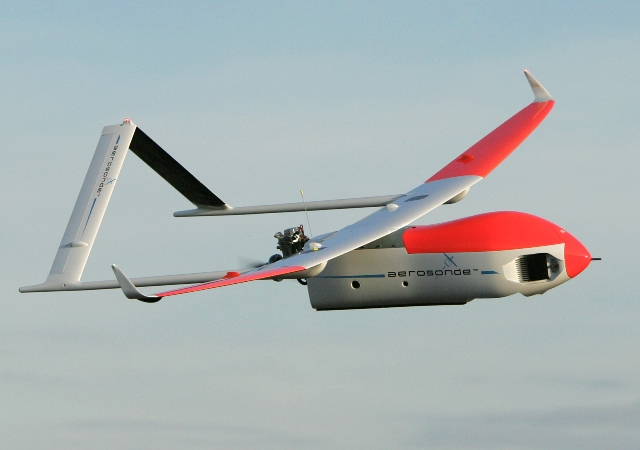 AAI Unmanned Aircraft Systems has announced today that its Aerosonde Small Unmanned Aircraft System logged 168 flight hours in the frigid, harsh climate of Antarctica, supporting meteorological research by the University of Colorado’s Cooperative Institute for Research in Environmental Sciences and Department of Atmospheric and Oceanic Sciences.
AAI Unmanned Aircraft Systems has announced today that its Aerosonde Small Unmanned Aircraft System logged 168 flight hours in the frigid, harsh climate of Antarctica, supporting meteorological research by the University of Colorado’s Cooperative Institute for Research in Environmental Sciences and Department of Atmospheric and Oceanic Sciences.
Each Aerosonde aircraft was outfitted with meteorological instruments to measure pressure, temperature, relative humidity, winds, net radiation, surface temperature and ice thickness.
The University of Colorado team, led by Dr. John Cassano, is studying Antarctic polynyas, or areas of open water surrounded by sea ice. To learn more about this phenomenon, the crew directed the Aerosonde aircraft through low-level flights around 300 feet above the water’s surface to measure wind speed, temperature and moisture in an area called Terra Nova Bay. Flights also included spiral ascents and descents to capture the atmosphere at various heights over the polynyas. Launching from an ice runway, the Aerosonde aircraft conducted beyond-line-of-site operations of up to 18 hours in temperatures as low as minus 37 degrees Celsius and winds up to 81 miles per hour.
“The crew and aircraft have really proven themselves in one of the harshest, least-forgiving environments possible for unmanned aircraft system operations,” said Dr. Cassano.
This was the second successful deployment AAI Unmanned Aircraft Systems has conducted with the University of Colorado team. In 2009, a six-week exploration of the katabatic winds present on the coast of Antarctica allowed researchers to generate highly detailed, three-dimensional maps to help study their relationship to sea ice formation.
“Once again, Antarctica has proven to be an extremely challenging environment; however, this small group of dedicated professionals has demonstrated what is possible at the extreme edge,” said Nick Logan, flight operations manager for AAI Unmanned Aircraft Systems’ Australia-based strategic business Aerosonde Pty Ltd, which led the 2012 and 2009 Aerosonde SUAS deployments.
